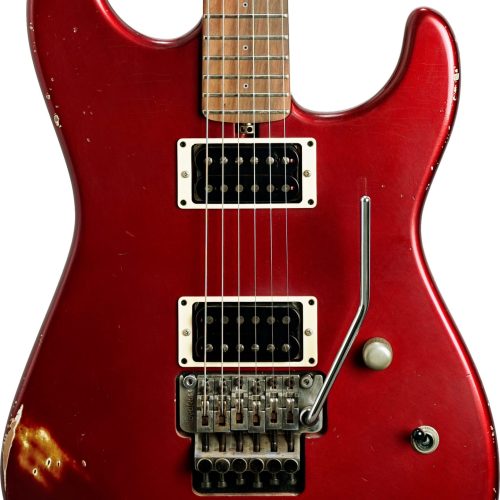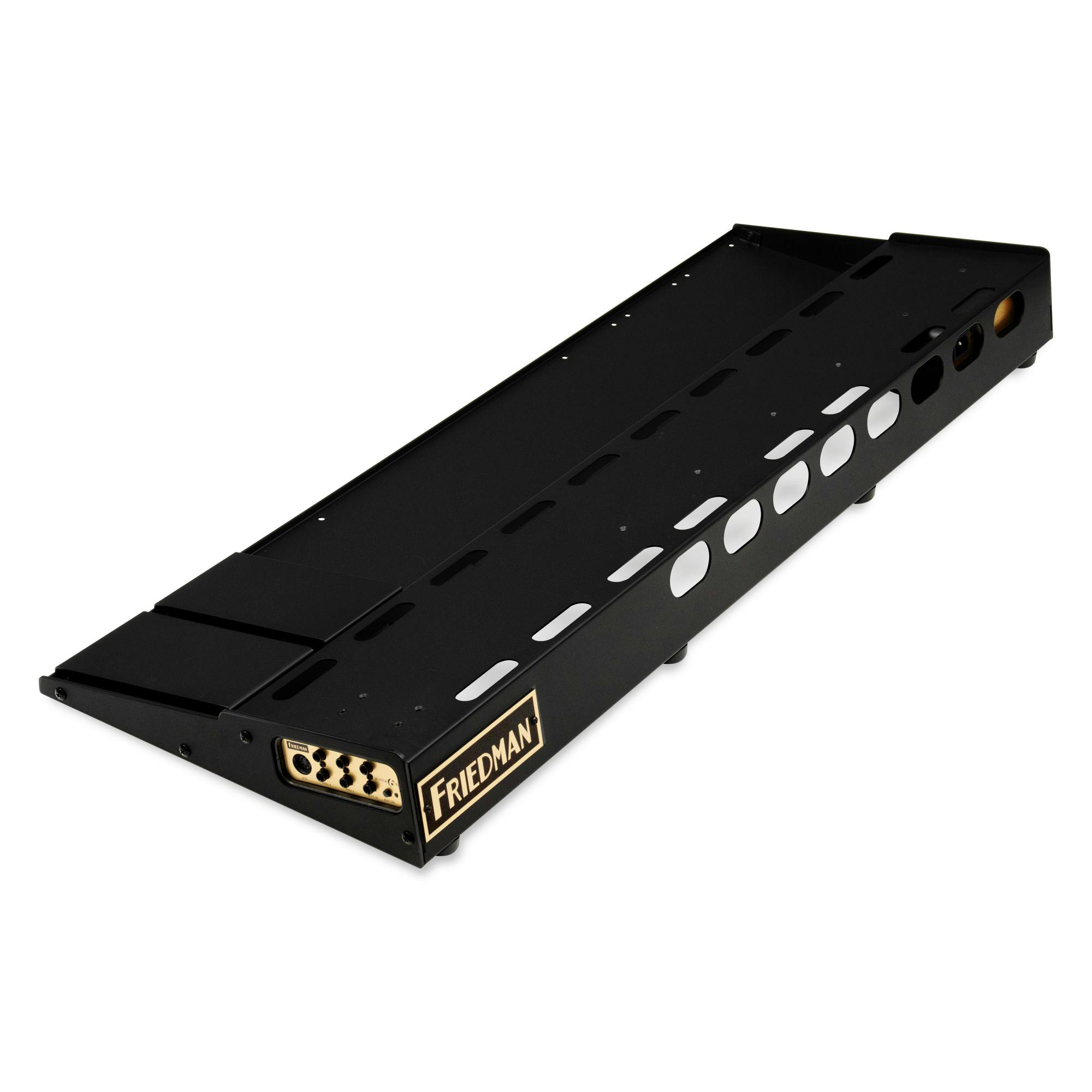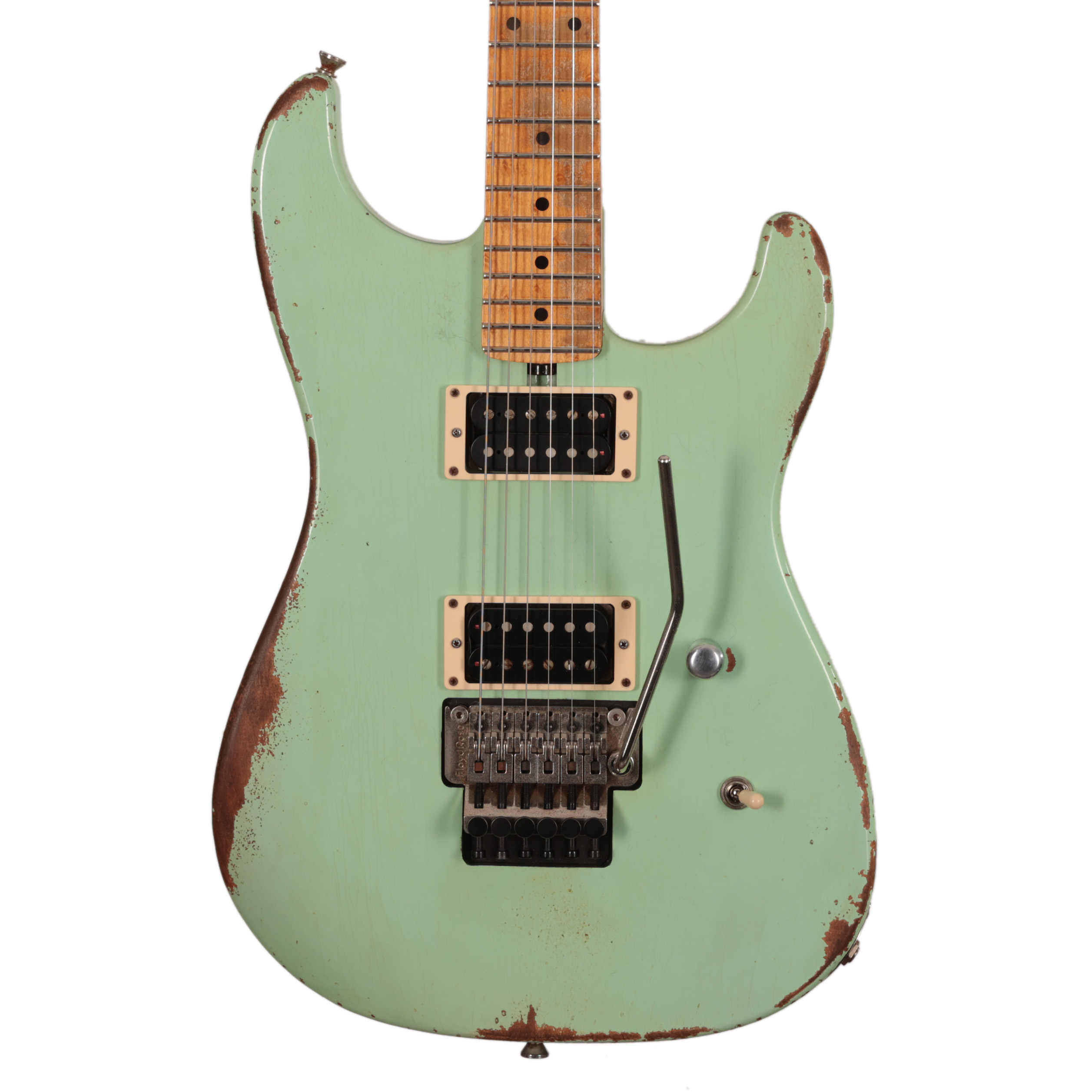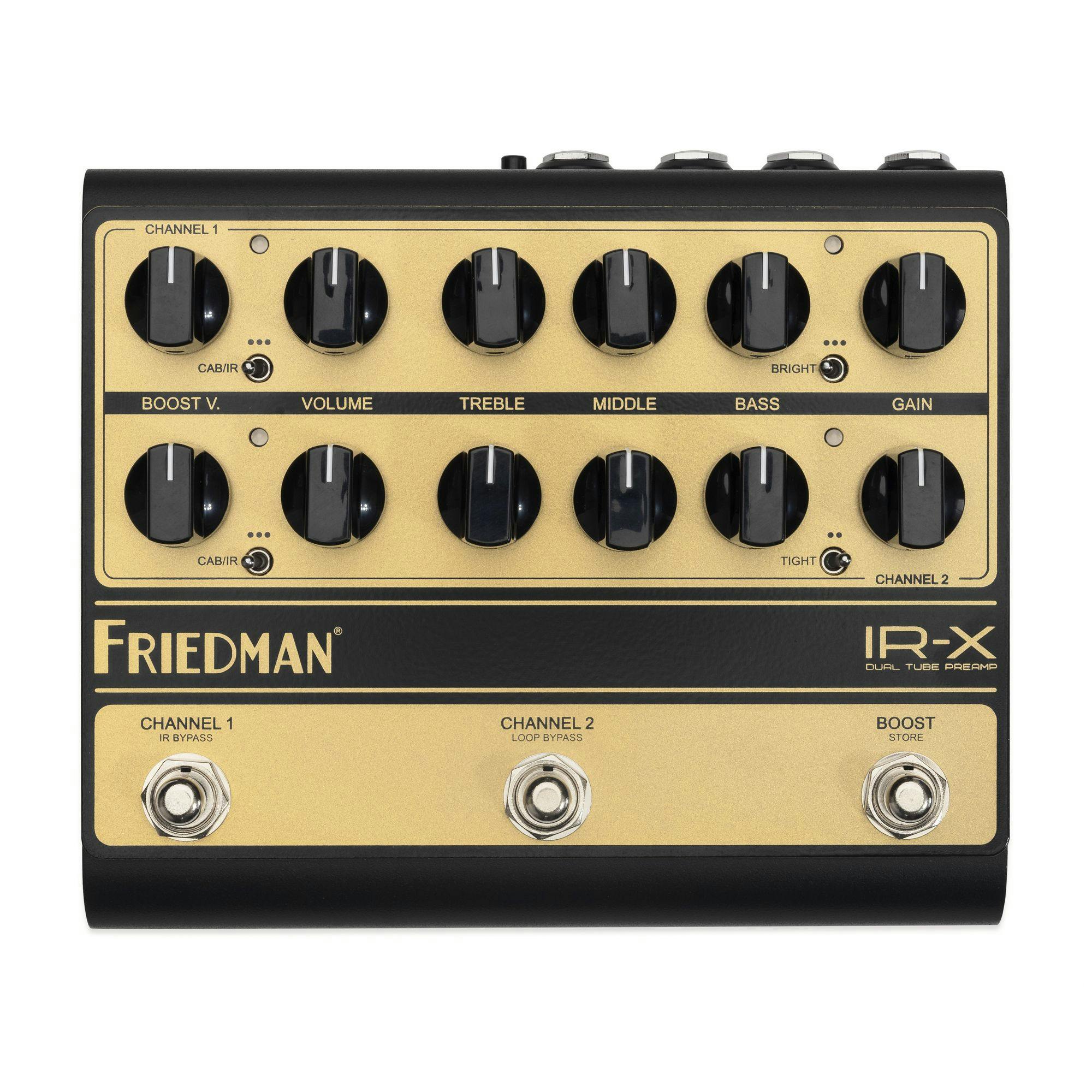An amp, short for amplifier, is a crucial piece of equipment that boosts the signal from your guitar or other instruments, allowing you to control volume and shape your tone. Guitar amps come in various styles, including valve (tube), solid-state, and digital modelling, each offering unique sound characteristics. Whether you’re practicing at home, recording in the studio, or playing live, the right amp can make all the difference in achieving your desired sound—from clean and crisp to rich overdrive and distortion.
Guitar amps and cabs are just as crucial to a guitarist’s tone as the guitar itself. Amplifiers shape the sound—whether it’s clean and warm, crunchy and bluesy, or full-on distortion for rock and metal. They come in two main types: combo amps, which include both the amp and speaker in one unit, and amp heads, which are paired with separate cabinets (cabs) to project the sound.
Cabs come in various sizes, like 1×12, 2×12, or the mighty 4×12, each delivering different tone and feel. Speakers, cabinet wood, and even open vs closed backs all influence the sound. Matching the right amp and cab gives players control over their dynamics, tone, and presence—whether you’re playing in your bedroom, a studio, or on a festival stage.
A head is the amplifier unit of a guitar rig that contains the electronics responsible for shaping and boosting your guitar’s signal. Unlike combo amps, a head does not include built-in speakers and needs to be connected to a separate speaker cabinet. This setup offers greater flexibility, allowing players to mix and match different heads and cabinets to tailor their tone and volume. Heads come in various types, including valve (tube), solid-state, and modelling, catering to a wide range of sounds and playing styles.
A vintage guitar is a guitar that is considered to be of significant age, typically over 30 years old, and often possesses historical, cultural, or collector’s value. Vintage guitars are highly sought after by collectors, musicians, and enthusiasts for their craftsmanship, tone, playability, and historical significance.
Vintage guitars can come from various eras, each with its own unique characteristics and desirability.
Vintage guitars often exhibit signs of wear and aging, which can add to their character and authenticity. However, originality, condition, and provenance are crucial factors that determine the value of a vintage guitar. Well-maintained and all-original vintage guitars with documented history and provenance tend to command higher prices on the collector’s market.
While vintage guitars can be valuable investments, they are also cherished for their playability and the unique sonic characteristics they offer. Many musicians prefer vintage instruments for their mojo, vibe, and connection to music history.
We have new and used Friedman musical equipment available on our website for fast direct delivery from sellers across the UK & Europe.
Auto Amazon Links: No products found.




